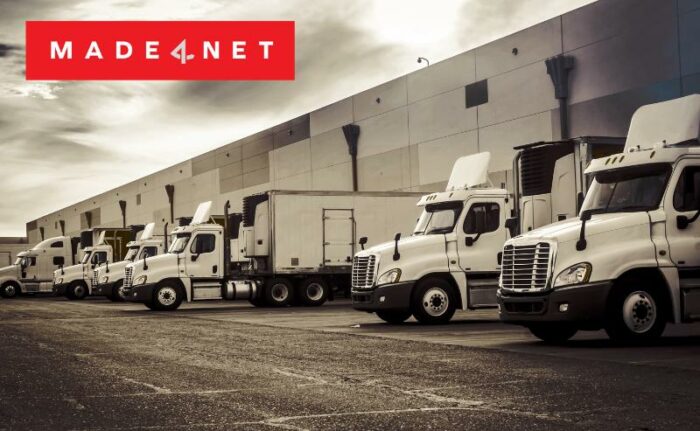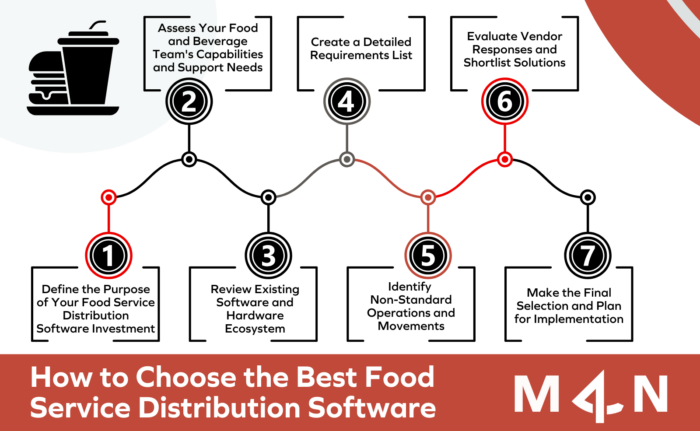
Supply chains are the key to fighting climate change. Why? Because they generate around 60% of all carbon emissions globally. Creating sustainable supply chain operations is therefore an essential step in achieving net zero. For this reason, we recently sat down with several industry experts to collect their tips on greening the supply chain. Here’s what they had to say.
Michael Wohlwend, Managing Principal, Alpine Supply Chain Solutions
According to Michael, “What’s interesting about corporate sustainability goals, and within the four walls, [is that] they are not connected at all.” He says one of the biggest issues to address is the fact that most operations don’t even know what their carbon footprint is. They may have set goals like minimizing their carbon footprint by 30%, without even knowing where they currently stand. His suggestion is to start by establishing the baseline footprint, identifying areas of improvement, and going to management with those details to create an actionable plan.
Nick Banich, Chief Revenue Officer for Miebach USA and Canada
Nick says minimizing environmental impact within the warehouse is at the core of Miebach culture, “We actually have a global sustainability COE that is working across our three practice lines on best practice standards, lessons learned, devoted solely to sustainability.” Because of that, he has some great advice for creating sustainable supply chain operations.
#1: Parcel delivery is still incredibly inefficient, thanks to the boom in e-commerce, with up to five parcel deliveries done in a single day to one property. Because of this, Nick suggests looking into Urban Logistics as a Service (ULaaS) offers which enable multiple retailers and vendors to bring items to a consolidation point and distribute from there. He believes this will enhance efficiency and lead to economic gains that all operations can enjoy.
#2: Within the warehouse, Nick says countless improvements can be made in the service of sustainability, like installing LED lighting with easily accessible switches or smart technology to fulfill temperature-controlled requirements. Nick also suggests finding ways to recapture energy use within the warehouse, the same way it works with a hybrid car, but for warehouse cranes, Automated Guided Vehicles (AGVs), and Automated Storage & Retrieval Systems (ASRs).
#3: Depending on the warehouse location, Nick believes installing solar panels is a must. Locations like California and Arizona are known for getting a lot of sunlight, so why not use it? While it’s a significant upfront cost, when planning for ten years down the line it simply makes sense. Warehouses use a vast amount of energy, and having the solar panels offset that cost would make a huge impact on the operation’s bottom line in the long run.
#4: For operations that haven’t embraced warehouse automation, it’s time to do it. While it’s a large investment, it’s one no operation can avoid today. Automation is the stepping stone to almost all sustainability measures. It is capital well spent. Whether it’s a Warehouse Management System (WMS), Labor Management System (LMS), or a conveyor system, it is critical to the efficient running of a modern business.
Mike Raboy, Director of Customer Relations, Voodoo Robotics
Mike places special emphasis on packaging, especially concerning weight, citing Amazon as a prime example of a company actively striving to reduce both the weight and size of their packages. “Weight, size is a critical issue so that there’s a huge impact both in terms of how to customize whatever requirements exist in shipping, as well as keeping in mind what those costs are for transporting.” He believes companies need to reassess their inventory management practices to determine the optimal inventory levels and streamline supply chain processes. Packaging is a critical focal point, given its significant impact on shipping requirements and transportation costs. By minimizing package size and weight, companies can achieve a more efficient and cost-effective shipping environment.
In Summary
The need to implement sustainability measures will not disappear. The good news is there are countless different ways operations can change their processes to achieve their Environmental, Social, and Governance (ESG) goals. If you’re looking to find the right technology to create sustainable supply chain operations, get in touch. Our Warehouse Management System was designed for dynamic supply chains and we’re here to help.


